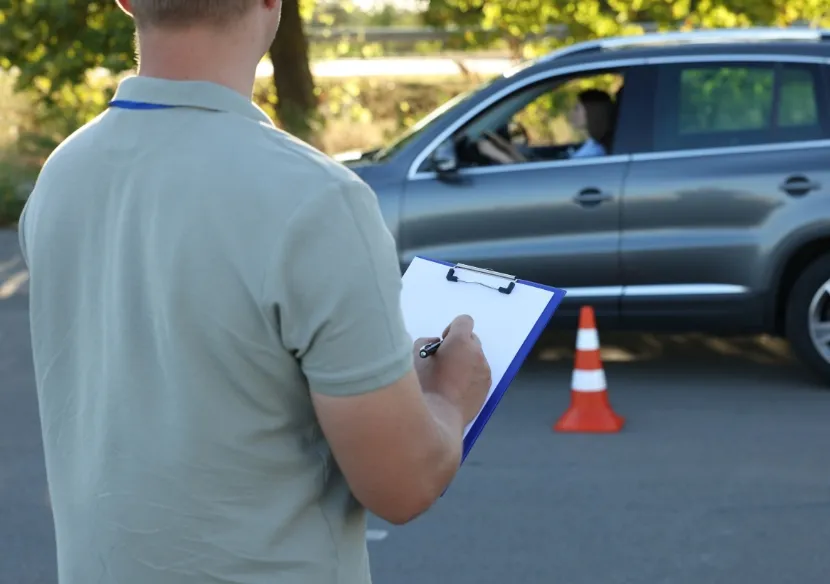
 Why stories teach what lectures can’t
Why stories teach what lectures can’t
Children learn values the way they learn balance—by trying, wobbling, and righting themselves. A story makes that practice safe. A character wants something, meets a limit, makes a choice, and bears the consequence; therefore a child can feel right and wrong before they can define it. Because emotion carries memory farther than rules do, the lessons from good stories for kids linger when slogans fade. So the bedtime chapter becomes a rehearsal for tomorrow’s playground.
How values travel from page to habit
A child first identifies—“that kid is like me”—so attention holds. Then comes imitation—borrowing a line or a small act. Finally, integration—using the line at the right moment without prompting. This path is slow on purpose. Because stories offer cause and effect in a gentle chain, children learn that kindness is not a posture but a practice: speak fairly, share credit, repair a mistake. Therefore morals stop sounding like orders and start feeling like tools.
What to look for in a value-building story
Choose plots where the moral is earned, not announced. The trouble should be ordinary—cutting the line, hiding a mistake, excluding a friend—so the fix feels usable. Language should be exact but not heavy; verbs that move and nouns that name teach more than abstract exhortation. Prefer endings that repair: an apology given well, a wrong made right, a plan set for the next day. Because repair shows a path back, children keep dignity alongside discipline. In short, good stories for kids make the right thing both thinkable and doable.
Small scenes that teach big things
Fairness arrives when a character gives up a small advantage and gains trust. Courage arrives when truth is spoken kindly and consequences are faced without drama. Patience arrives when a plan is followed through a setback. Gratitude arrives when a simple gift is received without comparing. Because these are scenes a child meets each week, the transfer is direct: the words on the page become the words at school.
Reading in a way that helps morals stick
Begin with the picture or the first quiet paragraph; curiosity softens resistance. Read without rushing the turn that matters—a look, a pause, a choice—and let silence do half the work. After the last line, ask one gentle question: “Which moment changed the day?” or “What would you keep from this character for tomorrow?” Therefore the conversation becomes an invitation, not a test. In order to carry the value forward, choose one tiny act for the morning—hold the door, admit a miss, include one more player—and name it.
The three-part family script (simple, steady, repeatable)
Notice. “You wanted the toy first; that was hard.”
Name. “You chose to wait; that was fair.”
Next. “Tomorrow, use the same line with your team.”
Because children need language for their instincts, this script turns moments into models. Therefore pride attaches to the behaviour, and repetition feels like growth, not correction.
Pitfalls to avoid (and easy fixes)
Preachy narratives flatten interest; pick stories where the moral rises from the plot. Over-sanitised worlds deny consequence; let small mistakes cost a little so truth feels real. Endless punishment teaches fear, not judgment; show repair so courage can return. If attention dips, the problem may be scale: shrink to a short scene with one clean decision, then build back up.
A shelf that quietly builds character
Keep a modest rotation: a fair-clue mystery (justice), a two-voice friendship tale (empathy), a school-day slip-up with a well-done apology (responsibility), a laugh-then-think short (humility), and a myth snapshot with a price paid for an easy choice (prudence). Because each form exercises a different moral muscle, the week stays varied while the message stays human. Therefore re-reading—your best proof a lesson landed—happens on its own.
Closing
Moral education is not a lecture but a rhythm. Night after night, a child watches choices ripen into outcomes and discovers that the right thing is rarely loud and never dull. Choose good stories for kids that earn their lessons through feeling, show repair without shame, and hand your child one sentence worth using tomorrow. Because thought joined to action is how character forms, and stories—patient, memorable, alive—are how that joining begins.







